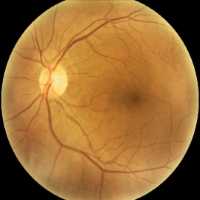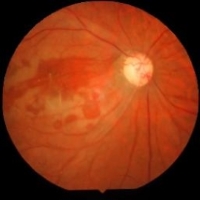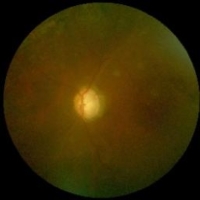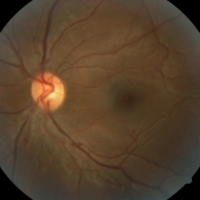Eye Diseases
Classification
Do you experience vision problems?
WHO estimates that at least 2.2 billion people have near or distant vision impairment. Check now with just one click!
 CataNova
CataNova

World Health Organization estimates that at least 2.2 billion people have near or distant vision impairment. 1 billion of those cases could have been prevented or still have to be addressed. The leading causes of blindness or distance vision impairment among those mentioned 1 billion are cataracts (94 million), refractive error (88.4 million), age-related macular degeneration (8 million), glaucoma (7.7 million) and diabetic retinopathy (3.9 million). Among the above eye conditions, our model detect cataracts, glaucoma, and diabetic retinopathy.








OUR SOLUTION
Pocket-sized pre-screening tool, limitless impact
By combining image processing technology and artificial intelligence, our pre-screening tool can
detect even the smallest abnormalities in the eyes.
A safe and cost effective pre-screening tool with no need for specialists.
Fast & frictionless Screening and analysis in a few moments
No specialists needed Easy for all healthcare personell to use
Scalable solution The bigger the data set, the smarter our AI solution becomes


Artificial Intelligence Our own made AI performs the image analysis and provides a risk assessment

Easy to Integrate Submit an image of your eye and see the results
High Accuracy Model accuarcy is 91.46% and 96.68% for Catarct Model
Scan Now
Upload your eye image for free scan right now!
The model results accuracy is 91.46% and 96.68% for Cataract Model.